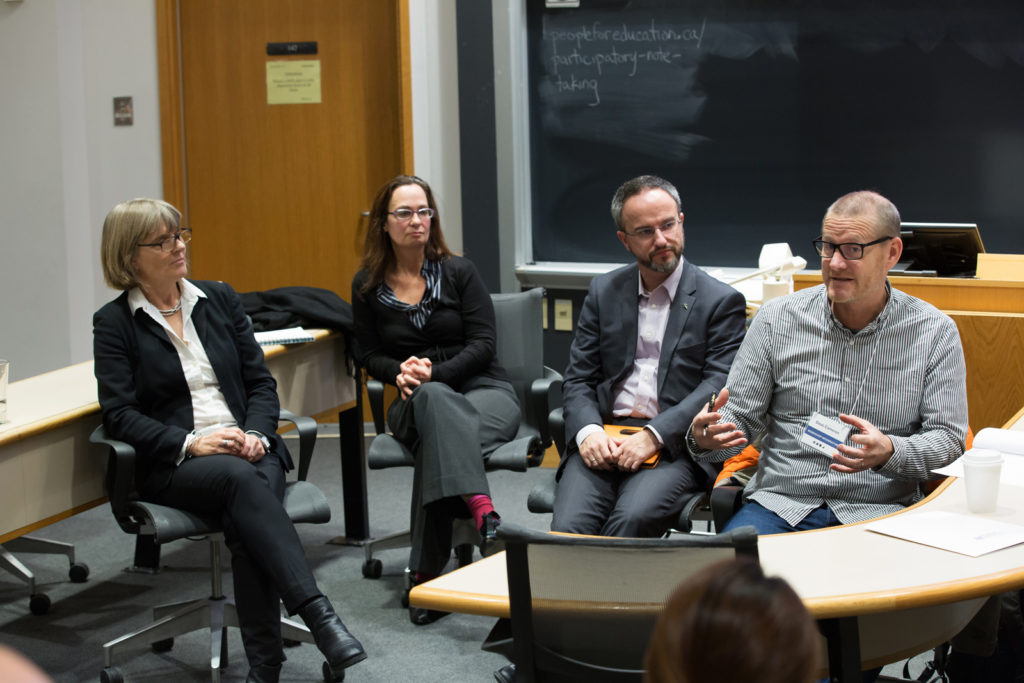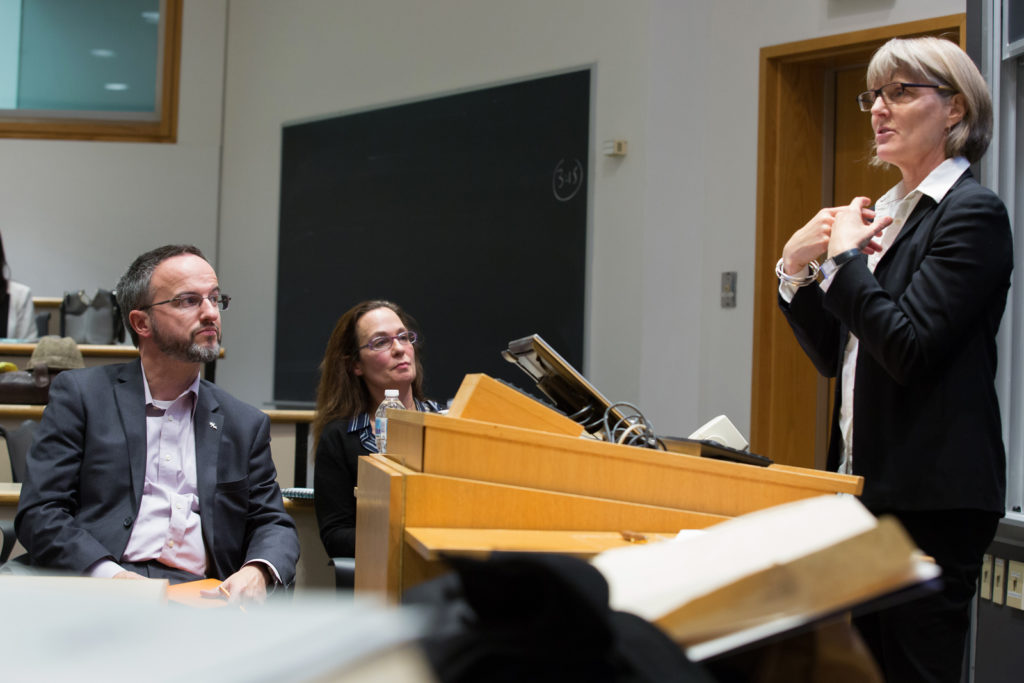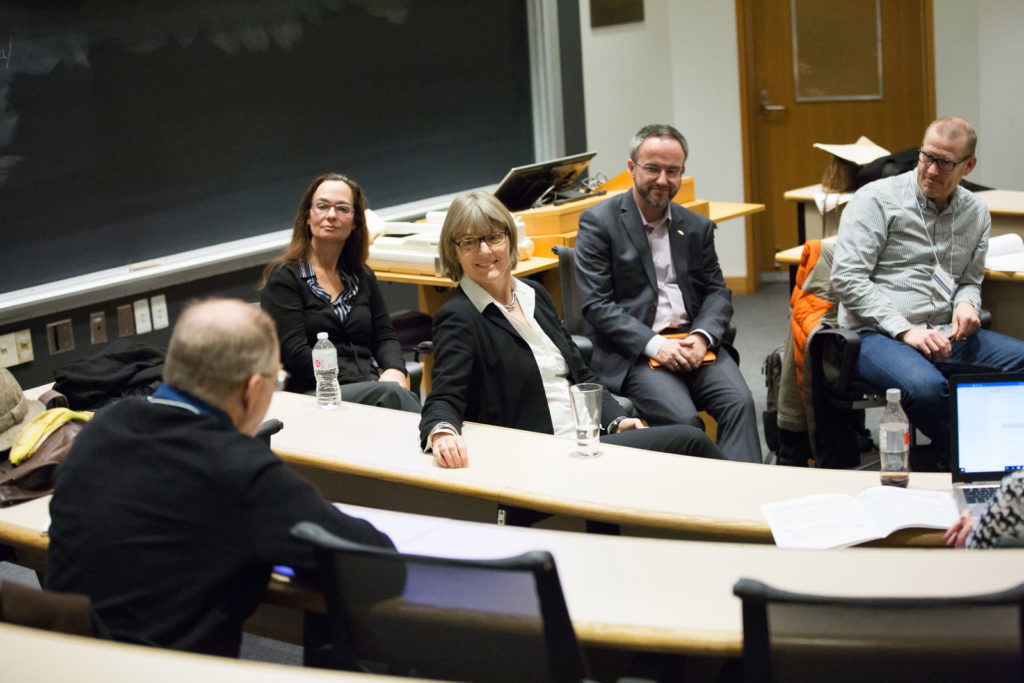Navigating post-secondary pathways
by Margaret Proctor, Making Connections 2018 participant
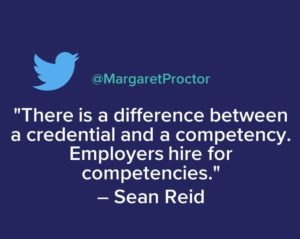 Even before they go to high school, students are expected to have some idea of what they want to do in terms of post-secondary pathways. At People for Education’s annual conference in November, a group of educators, parents, and policymakers talked about the reality of post-secondary and career choices in today’s world, and how to address the challenges students face.
Even before they go to high school, students are expected to have some idea of what they want to do in terms of post-secondary pathways. At People for Education’s annual conference in November, a group of educators, parents, and policymakers talked about the reality of post-secondary and career choices in today’s world, and how to address the challenges students face.
The expert panelists included:
- Sean Reid, Vice President and Regional Director, Ontario, Progressive Contractors Association of Canada
- Fiona Deller, Senior Executive Director, Research and Policy, Higher Education Quality Council of Ontario
- Cathy Campbell, author of “Career Crafting the Decade After High School”
All three speakers talked about the importance of global competencies, emphasizing that students need to develop a broad range of skills that can be applied in any post-secondary path. Here are a few of the key insights shared by the panel:
Career Journeys are unpredictable
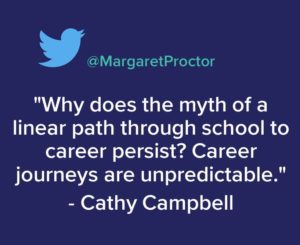 There is an enduring myth that the path from school through post-secondary program to job should be linear. Today’s reality is very different – what was once a hard line is now more like cooked spaghetti – lots of twists, curves, and looping back on itself. People start programs, switch programs, work part-time, take time off, go back to school, change jobs…and on and on. One of the main things driving student anxiety is this gap between expectations of a simple, linear career journey and the messy “spaghetti” reality. We need to replace the linear myth with a new narrative: a career isn’t just one thing you pick; it is something you create through many choices and changes.
There is an enduring myth that the path from school through post-secondary program to job should be linear. Today’s reality is very different – what was once a hard line is now more like cooked spaghetti – lots of twists, curves, and looping back on itself. People start programs, switch programs, work part-time, take time off, go back to school, change jobs…and on and on. One of the main things driving student anxiety is this gap between expectations of a simple, linear career journey and the messy “spaghetti” reality. We need to replace the linear myth with a new narrative: a career isn’t just one thing you pick; it is something you create through many choices and changes.
Career Crafting
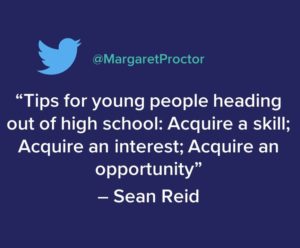 When helping a student who is navigating their post-secondary choices, parents and teachers should think of themselves as a career coach. Students will encounter both external and internal influences – it is important that first they know who they are; then what they want. This will help them to think critically and ensure that they do what they love somewhere in their life. Three routes to crafting a career are: navigating (heading towards something), exploring (trying something out) and drifting (doing whatever comes up). Students should make career plans in pencil, so they can be revised as many times as they want. To keep the process moving, and to reduce anxiety, it can help to re-focus the young person on just the next step in their career journey (e.g., an application by “x” date).
When helping a student who is navigating their post-secondary choices, parents and teachers should think of themselves as a career coach. Students will encounter both external and internal influences – it is important that first they know who they are; then what they want. This will help them to think critically and ensure that they do what they love somewhere in their life. Three routes to crafting a career are: navigating (heading towards something), exploring (trying something out) and drifting (doing whatever comes up). Students should make career plans in pencil, so they can be revised as many times as they want. To keep the process moving, and to reduce anxiety, it can help to re-focus the young person on just the next step in their career journey (e.g., an application by “x” date).
Skills lead to Competence… which leads to Confidence, Dignity and Social Belonging
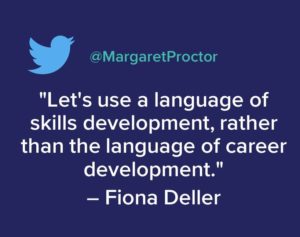 There are key skills a student can strengthen to help them navigate the career journey, including: tolerance for ambiguity, investigation, and resistance skills (the ability to resist the expectations of others like friends, parents, or the wider community). Throughout their education, young people should focus on skills development. It is important to remember that a skill learned in one environment can be applied to another. Competence comes from acquiring a skill, learning to do it well, developing an interest where it can be applied, and finding an opportunity to use it. This leads to confidence, dignity and a sense of social belonging – both during post-secondary education and throughout your career.
There are key skills a student can strengthen to help them navigate the career journey, including: tolerance for ambiguity, investigation, and resistance skills (the ability to resist the expectations of others like friends, parents, or the wider community). Throughout their education, young people should focus on skills development. It is important to remember that a skill learned in one environment can be applied to another. Competence comes from acquiring a skill, learning to do it well, developing an interest where it can be applied, and finding an opportunity to use it. This leads to confidence, dignity and a sense of social belonging – both during post-secondary education and throughout your career.
Further reading:
- See Cathy Campbell’s presentation slides.
- See our list of transferable skills and competencies in creativity, health, citizenship, and social emotional learning.

